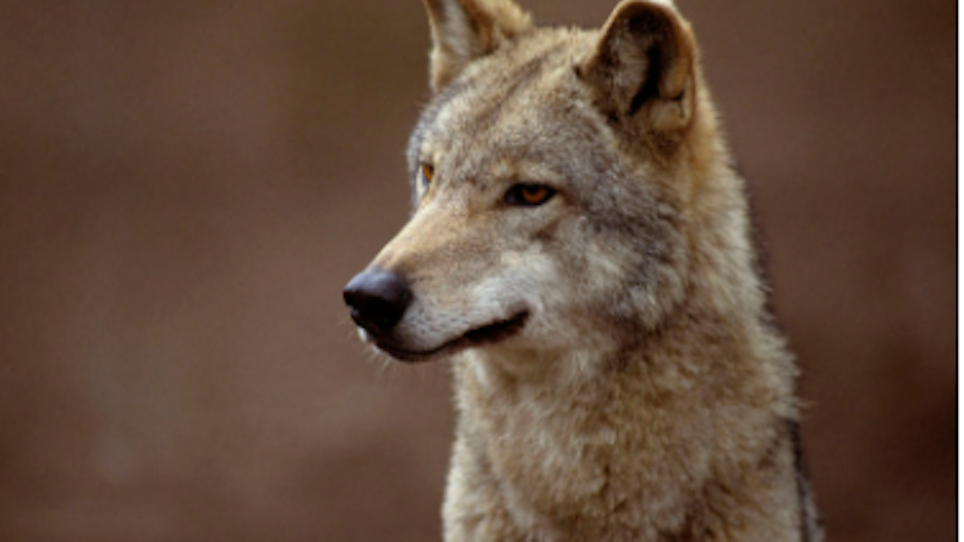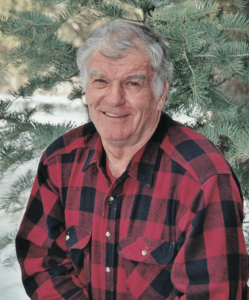Ten minutes after I pushed the play button on my cell phone that started the Bullet HP electronic caller — developed by professional predator caller, and long-time friend, Byron South — emitting agonizing cottontail squeals and squalls, a lone coyote appeared at the far side of the harvested cornfield.
Instead of heading toward the alluring prey distress sounds he simply sat down and nonchalantly perused the field. According to the laser rangefinder built into my Nikon M223 scope the big dog was 460 yards out. That distance was a bit far for a high-percentage kill shot with the R-15 chambered in .223 and I have a phobia against missing predators and letting them escape a calling encounter alive and wiser.
The coyote didn’t make a move for the next 5 minutes and then finally got up and moved leisurely along the edge of the woods. This looked like a set up where patience and perseverance might be the best tactic and likely more successful than chancing a long-range shot. Just the situation that’s being encountered by more predator callers each year.
I’d been playing the caller constantly on medium volume, so I turned it to full volume for a few seconds and then back to medium volume, while the motion decoy atop the caller, flip flopped enticingly, in hopes of further piquing the canine’s curiosity. The coyote responded less than enthusiastically, but still worked his way along the downwind edge of the field, along the creek bottom. He never got more than 10 yards from heavy escape cover and stopped frequently to scan the area and stare in my direction.
After 30-long minutes he’d closed to 250 yards and, still eyeing the caller, disappeared into the creek bottom. At that point, he was within range, but since he had been slowly moving toward the caller I decided to wait him out. When he went out of sight I turned the caller volume on high for a couple seconds and then shut it down entirely and waited. Fifteen minutes later he emerged from the heavy weeds and stopped to eye the caller and decoy, I had the crosshairs centered on his shoulder and dropped him where he stood. Elapsed time from first sight to downed dog — 55 minutes!
I doubt if there’s a Predator Xtreme reader who hasn’t been indoctrinated with the predator caller philosophy, of calling on a stand for 10-15 minutes and then moving to the next location. The thought being, that the more stands you can cover in a day’s calling, the higher your chances of killing an easy predator or two. That mantra may have been true in the past and may still hold true in some low-hunting pressure areas of the country or when you’re contest calling where time is of the essence and carcass count is all that matters. However, for many predator hunters out for fur or the fun and challenge, the times and critters are changing.
Many wannabe predator hunters — from those using the latest in electronic callers, night-hunting equipment and even those joining the growing legion of long-range shooters — think all they have to do is shell out money for the best equipment then ride around and shoot critters without planning or expending any more time or effort than absolutely necessary.
Unfortunately, in their generally less-than-successful predator-hunting endeavors about the only thing they accomplish is educating predators, which makes them more difficult to outsmart for everyone else. Road shy, call leery and often nocturnal predators can still be taken by the hunter willing to take the time to plan their hunting strategy and then hunt slow and methodically enough to take full advantage of even an educated predator’s slightest weakness.
When full time, hard core, predator hunter and animal damage control professional Byron South gets a call from a rancher with coyote problems, he can generally figure he’s going to be after ultra wary canines that have already been pressured and well educated. One of his most successful tactics for such reluctant and learned troublemakers is to simply slow down his hunting/calling tactics, outwait the canine culprits and let their innate curiosity eventually override their caution. On a number of such challenges, he has patiently and silently waited for an hour or more after his initial calling efforts before a super-cautious coyote appeared.
Recently a Texas rancher, raising Wagyu cattle, a Japanese breed whose exceptionally high-quality meat may bring $150 a pound, with calves worth a purported $5,000 each, hired Byron to stop the nightly multiple-calf slaughter by coyotes. Byron’s initial late-afternoon calling setup accounted for two of the canine calf killers. He spent the rest of the night, overlooking the calving area killing grounds with night-vision gear, a suppressed AR-5 chambered in .223 and patience! By daylight he had killed for 10 more coyotes and virtually eliminated the expensive predation for the rancher.
Patience and perseverance for today’s predators may just be the most deadly and effective aspect of your whole predator hunting endeavor, so slow down and succeed.
Featured image: Georgia DNR







